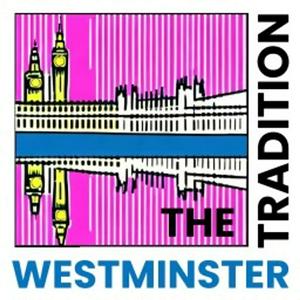What makes someone qualified to be a minister? In this candid conversation with Tom Koutsantonis, South Australia's longest-serving current parliamentarian, Danielle explores the fascinating intersection where political leadership meets public administration.Drawing on his remarkable career spanning multiple portfolios including Treasury, Energy, and Transport, Koutsantonis takes us behind the curtain of ministerial decision-making.He dispels the myth that ministers need specialised expertise in their portfolio areas, arguing instead that their authority comes from democratic mandate and demonstrated competence rather than academic credentials.The discussion offers a masterclass in policy implementation, particularly during times of crisis.Koutsantonis shares the stark reality of South Australia's 2016 energy blackout, where conventional thinking had to be abandoned for bold action. "It was Jay and I just saying 'I don't care what you think,'" he recalls of overriding resistant public servants to implement transformative energy solutions. This candid account reveals how decisive leadership can break through entrenched bureaucratic thinking when circumstances demand it.Public servants will find particular value in Koutsantonis's insights on ministerial briefings. Despite modern trends toward abbreviated formats, he staunchly defends detailed written briefings: "If ministers aren't reading past the first three lines, it's to their detriment." His perspective offers reassurance that thorough policy work remains essential to good governance.This podcast was recorded on Kaurna land, and we recognise Kaurna elders past and present. Always was, always will be. Now for some appropriately bureaucratic disclaimers....While we have tried to be as thorough in our research as busy full time jobs and lives allow, we definitely don’t guarantee that we’ve got all the details right.Please feel free to email us corrections, episode suggestions, or anything else, at
[email protected] to PanPot audio for our intro and outro music. 'Til next time!


